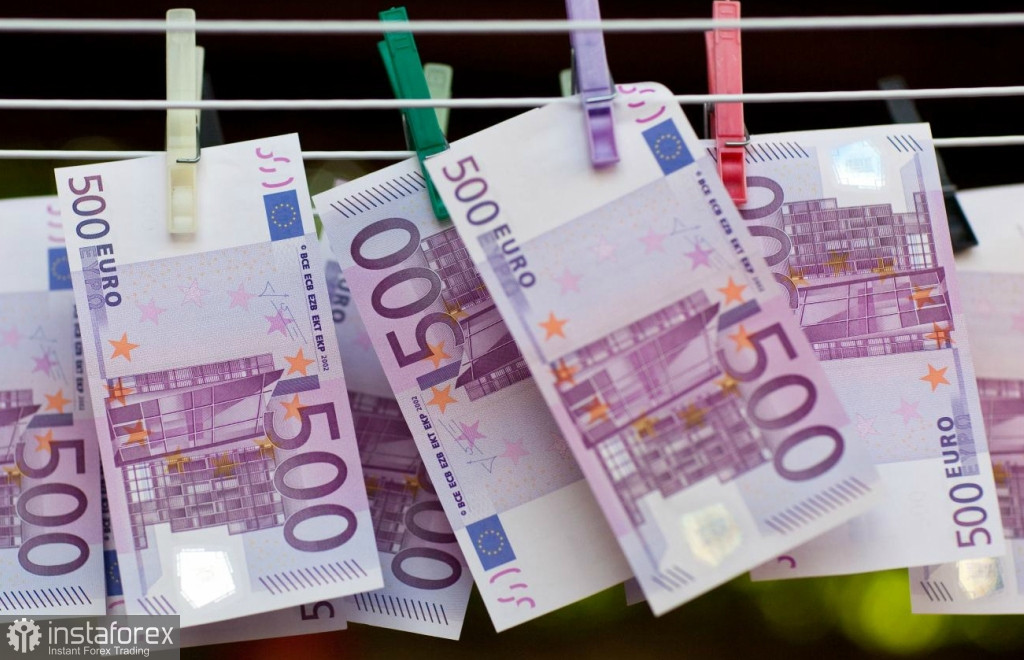The European Central Bank (ECB) may encounter difficulties in returning inflation to 2%, undermining hopes for a sustainable reduction in interest rates. To bring consumer price growth back to the target level set for the end of next year, the ECB believes that productivity growth must be accompanied by a decrease in workers' wages and corporate profits. How to achieve this remains unknown, especially against the backdrop of ongoing geopolitical shocks.
A more productive workforce is unlikely to be content with lower wages, although this would reduce the cost per unit of production, exerting downward pressure on inflation.

If such a scenario is not at least partially realized, the plans underlying the ECB's policy may be at risk. Analysts currently believe that officials will resume rate cuts only in the fall of this year after a pause expected to be taken tomorrow during the next ECB meeting.
The ECB now heavily relies on productivity growth, which suffered significantly in the first half of the year and remains a problematic aspect of the region's economy. If this does not happen—if this is not just a cyclical downturn in productivity but something more structural—it will also have important implications for inflation.
Some analysts predict that labor productivity will grow by about 1% in 2025 and 2026, faster than the average growth of 0.6% in the two decades before the coronavirus pandemic. It should be noted that the indicator fell by about 1% last year and by 0.6% in the first quarter of this year. A popular explanation is that labor shortages have prompted many companies to retain workers despite sluggish economic growth.
Many economists still expect less disinflationary pressure from productivity growth than the ECB. The main argument is the absence of a deeper cycle of workforce and personnel reductions. Also, keep in mind that there is no guarantee that other inflation-driving factors monitored by officials will behave as expected.
As for tomorrow's ECB meeting, officials are likely to leave rates at 3.75% after the initial cut in June. The next meeting in September is seen by the markets as the most likely moment for another cut, as officials will have new data on inflation, the labor market, and the economy at their disposal.
Regarding the current technical picture of EUR/USD, buyers now need to think about how to take the 1.0920 level. Only this will allow targeting a test of 1.0940. From there, it is possible to climb to 1.0960, but doing so without the support of major players will be quite challenging. The furthest target will be the 1.0980 maximum. In case of a decline in the trading instrument, I expect any significant actions from major buyers to be around 1.0885. If no one is there, it would be good to wait for a minimum update at 1.0865 or to open long positions from 1.0840.
 English
English 
 Русский
Русский Bahasa Indonesia
Bahasa Indonesia Bahasa Malay
Bahasa Malay ไทย
ไทย Español
Español Deutsch
Deutsch Български
Български Français
Français Tiếng Việt
Tiếng Việt 中文
中文 বাংলা
বাংলা हिन्दी
हिन्दी Čeština
Čeština Українська
Українська Română
Română

